It’s not easy, and it’s a learned process. There. Now you don’t have to read the rest of the post because that’s the short of it. Don’t believe it? Read on.
I hear this over and over again. Students ask this question all the time, just like I did ages ago. As a teaching professional, I’ve struggled to find a simple, direct answer. I’ve heard other answers, but felt they didn’t live up to the complexity of the question.
“You’ll know you’re finished when there’s nothing else to add.” Gimme a break. That’s just a short response that sounds rich and clever. It doesn’t help.
Think about it: what if your painting needs something removed. Drastically removed, like a figure or a tree or the sky or… And what if things need to be rearranged before it can even be considered a visual statement?
But let’s step forward and assume everything fits well and works as a good composition. Then it usually comes down to technique, once the overall design has been established. That’s really what the fresh painter wants to understand: when do I know when the technique has reached its best iteration. When do I know when it can’t go any further.
Simply put, you’ll know when a painting is finished…by finishing many paintings.
Below are general points that will help you know. I’ve broken them down to their simplest aspects. I constantly keep them in the back of my mind. After painting so many years, understanding when to stop is collected in instinctive urges, impressions, and feelings made intuitive after decades of training. If you can consistently ask yourself these points whenever you study your piece, over and over and over again, you’ll very quickly start to pay attention to these aspects early in the process and they will no longer be such a burden.
Get this: every painting can be reworked many times over. It can be changed subtly or radically; it can change and change. There is something to the famous remark that paintings are merely “abandoned.” But that might be the wrong word. Again, it’s too clever.
Mostly, paintings reach a point where the artist says, “It’s done.” Another artist may say no, it’s not, or even think you need to put more work into your piece. Doesn’t matter. Your greatest and best efforts must culminate in finishing paintings by proclaiming it. Then, doing another.
Simply put, you’ll know when a painting is finished…by finishing many paintings.
Now, step back from your current piece, and ask these questions. Make sure you are honest with yourself.
Have I established the idea?
What is my story, what’s the point, what am I saying. The idea won’t be found in the ‘idea itself.’ It is manifested by elements in the painting and how they sit in the composition, first. Different elements, different idea. Different arrangement, different idea. Go back and ask, what did I start out to accomplish? It doesn’t have to answer all questions for everyone. It should answer the question you asked. You alone.
If it answers your interest first, it will find its audience from there.
Would an audience understand what I’m saying?
Can the viewer understand the visual, is the question. Confusion of elements projects unclear thinking. Try to stay simple, even within a complicated scene. Simplicity and directness is what drives interest. Many think that to be taken seriously they must push more busy-ness into a piece.
The best, most stalwart imagery are ones that create a clear, direct, and simple impression. This pulls the viewer back again and again.
Have I led the viewer through the composition?
What’s the focus of the painting and does it stand out? What is the star of the picture? A figure? The landscape or scene? A face? Everything should be subordinate to that focal point. Focal points usually gain attention through contrast. Sharp lines vs soft lines; dark shapes vs light shapes; bright saturated color vs dull color.
Have I created interest through the visual pathway?
What is the action, the movement, the premise. If it’s an active piece, is it believable? Study whether the silhouette of shapes are legible. In other words, can you actually see the shape of the horse, dragon, monster against the shapes of the rider, Viking, knight. Any confusion to your eye will read as confusion to the audience.
You have to understand this: the way it feels to you is the way it feels to the viewer. This is very tough because we all come from different sources and are drawn to different things. But stay with your feelings first. Do not anticipate the viewer’s response.
Have I established depth?
There are several methods for creating the illusion of depth.
Depth is important in a painting that captures a scene or moment in time. Very different from a graphic piece or one that combines graphic elements with realistic ones. Do you have a range of value, no matter how close the values are? A range of scale in objects both large and small creates depth. Did you only mix white with each color to get different values? Did you only mix two colors with white. Color depth is created by contrasting warm and cool temperatures.
If you don’t understand the difference in temperatures, don’t worry. I didn’t either. Oh, I could tell what was warm and what was cool. No problem. But it took years to be able to control it.
Have I established a sense of time, i.e. morning or evening, that’s convincing?
Is the color appropriate for the light chosen? Sunlight can change the local color of elements depending on where it is in the sky (colder light from directly above, warmer light closer to the horizon). Just study clouds at different times of day and determine the temperature of the white surfaces that face the sun, and you’ll see the difference.
Likewise judge the difference between indoor artificial light and natural light. If you’re shooting reference of a model in the studio and then are going to plunk them outside in a composition, you have to match the model to the outdoor condition. Same as when you shoot a model outside and use it for an indoor painting. If they don’t match, the viewer will instinctively know.
Have I put enough detail where it’s needed and have I left areas free of detail?
Have I rendered or explained what needs to be seen? If you’re rendering reality, you must consider whether your rendering is to capture reality verbatim, or to create a realistic distortion of reality. Any time you decide to render something realistically, it’s likely you won’t have enough detail in the subjects. You must compare your work to masters of this approach. Two examples: study the works of Sam Weber and Greg Ruth. Then talk to me about detail. Yikes.
Have I created smooth/rough/rounded/sharpened/graphic/polished surfaces?
Are the surfaces what I wanted? Are they lovingly smoothed and blended or are they roughly handled. This is tough. Many artists will look at the work they put in and assume because it took them a long time that they must certainly have captured reality. Not true in the least. Labor has nothing to do with it. How it is rendered, whether it took 3 minutes or three months is all the difference. You must look and look and study and look to understand textures and surfaces.
If you feel like you just couldn’t put one more adjustment into something rendered, then you’re not ready to stop. That’s right. Sounds backward, I know. Because it is.
Have I created a sense of believability?
Does it feel realistic to the point that the viewer feels the shapes and enjoys looking at them. Start with you again. If you enjoy it, then you’re close, but not necessarily ‘there’ yet. Again, you can spend years rendering and adjusting. Learn to compare what you strive for with what you want.
If you feel like you just couldn’t put one more adjustment into something rendered, then you’re not ready to stop. That’s right. Sounds backward, I know. Because it is. If you think you’re done, you’re not seeing: any surface can be rendered over and over again because any surface can be shifted to look any number of ways. Simply, you’re just tired of rendering.
If you know you can go farther yet choose to stop, then you are very close, if not there. Choosing to stop gives you what you are after: to be finished. Still, no matter what it is, it’s never really finished if you understand that laboring longer will change the concept of the piece. Now jump back to the first step above: have I established the idea. The idea will keep changing if you keep working the piece.
There’s never really a point of too far, but rather too much. Know the difference. You’ll know that difference by doing many paintings.
Sound like a cop-out? Sorry, but it is the only way.
Have I matched the initial vision in my mind?
Does it ‘match the vision in my head’ is still a good question to ask. It probably will always be. Keeping the vision alive in your mind, that first original vision, and not giving in to the work itself by letting it tell you what the idea must be, is the work, the labor. That’s the struggle.
The labor is not in the process of building it. That’s actually a learned ability and is enjoyable. The work and struggle is in maintaining your vision beyond compromise.
For me and many others that trained long hard-worn years, we had to learn how to enjoy our painting. You will as well.


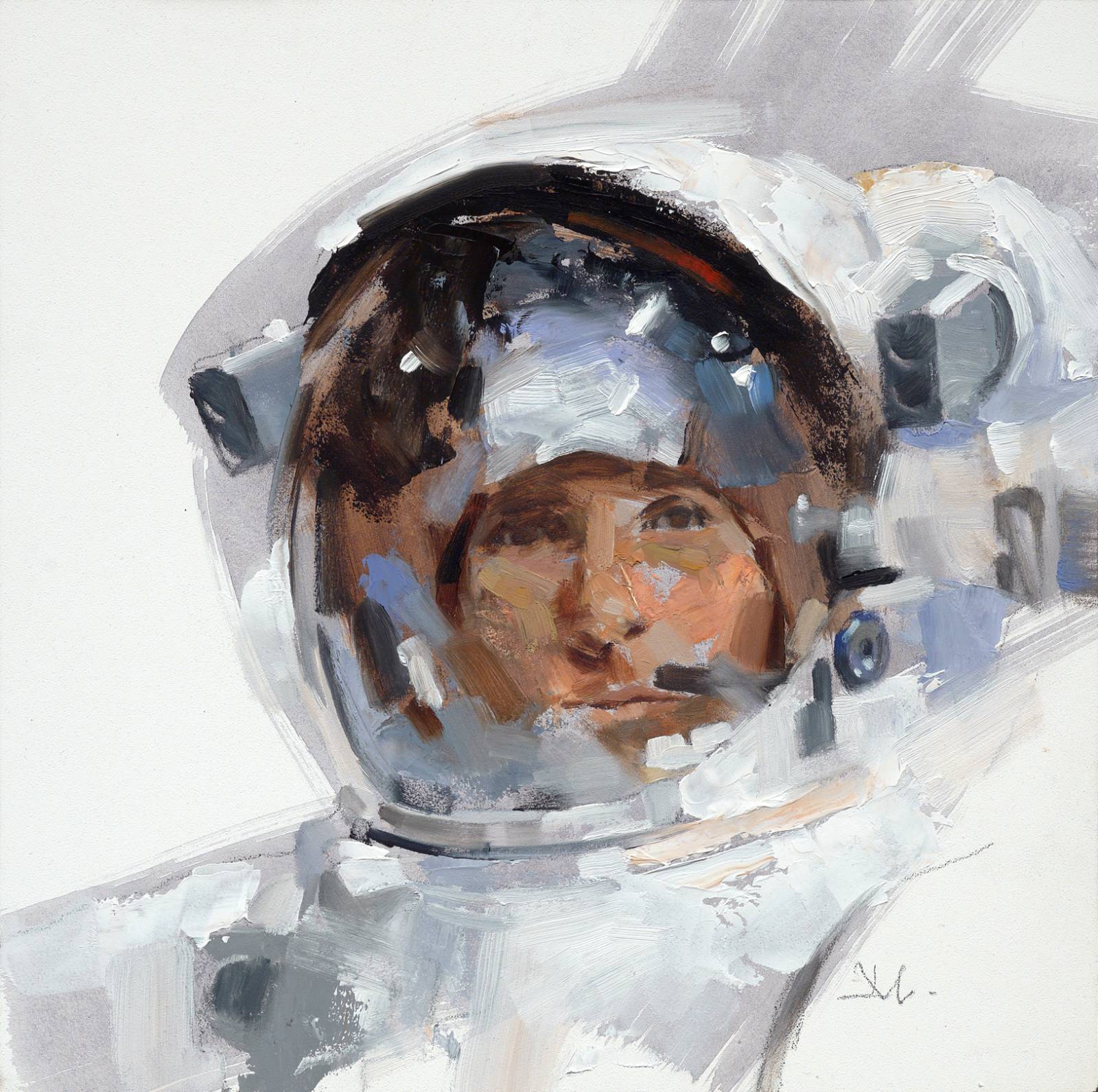

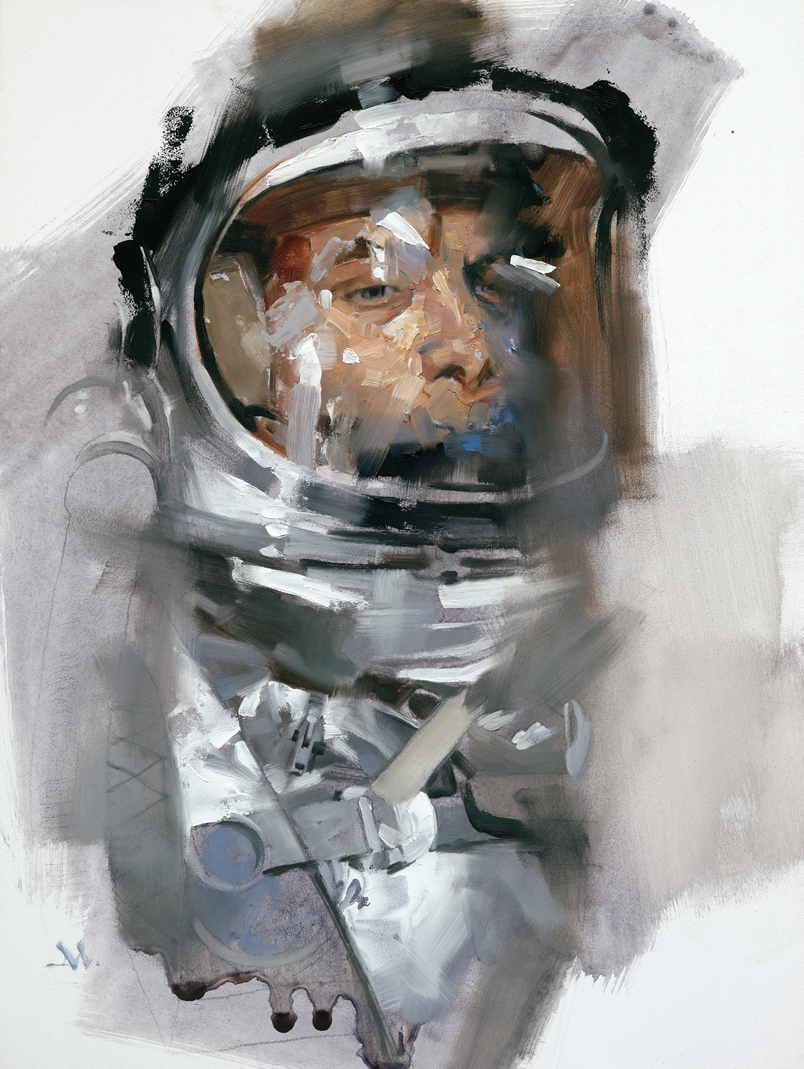
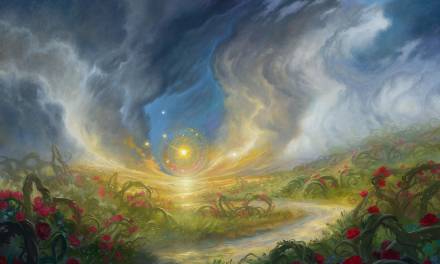
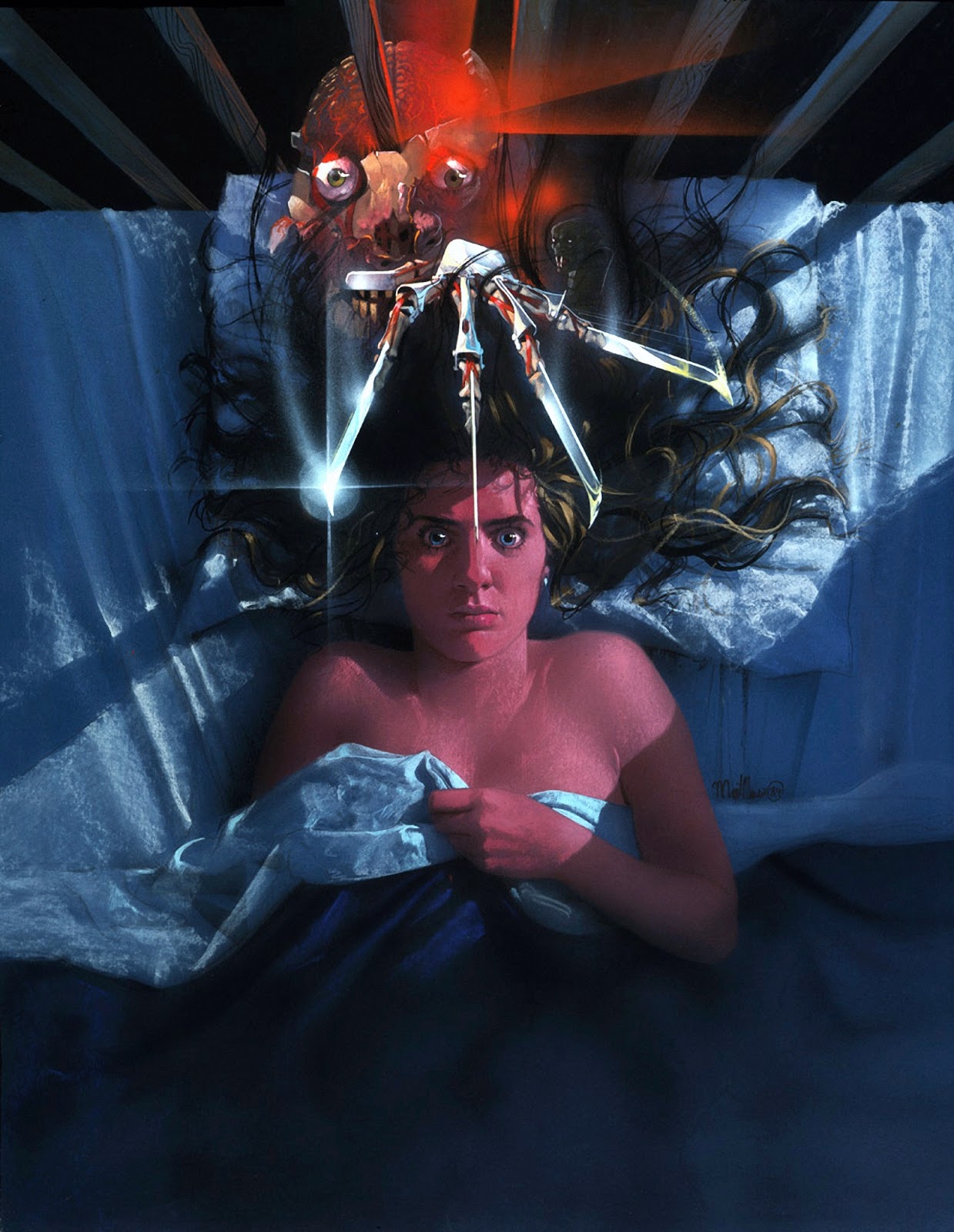
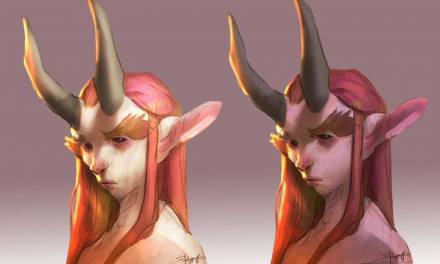
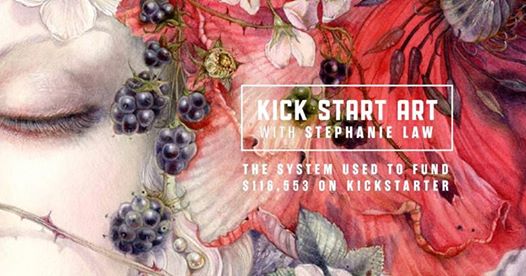

I always love these “10 things about…” articles, Greg! I know we shouldn’t follow “rules” but these checklists are a great way to learn. But i’m a bit confused about point #9, that actually looks like backward. I understand what you mean (at least i hope so: if you just “feel” to have finished , it’s because you are probably just tired. If you “decide” you have finished, you reached your goal) . But how will a little experienced artist “decide” at the right time (which is the core of the article, i understand that) ? I noticed , looking at old works i’ve done, that i stopped too soon, too early. Maybe i was just tired and eager to have something new to show, but sometimes i just stopped too soon just because i took a wron decision and wanted to fall in the other trap (putting too many details where you don’t need them). Experience and making a lot of paintings help to find the difference in “feeling” and “deciding”, but i think that the #9 things has a kind of unspoken meaning: it’s like parking a car. You’ll learn when you stop when you’ll learn to break a second before hearing the noise of the car hitting the wall. 🙂
(sorry for the typo here and there, i wanted to say “i wanted to AVOID to fall in the other trap” obviously :D)
It’s a great feeling to have when you’re finished with a painting that you were excited about starting and maybe struggled with along the way.
Thank you again for another insightful post Greg!